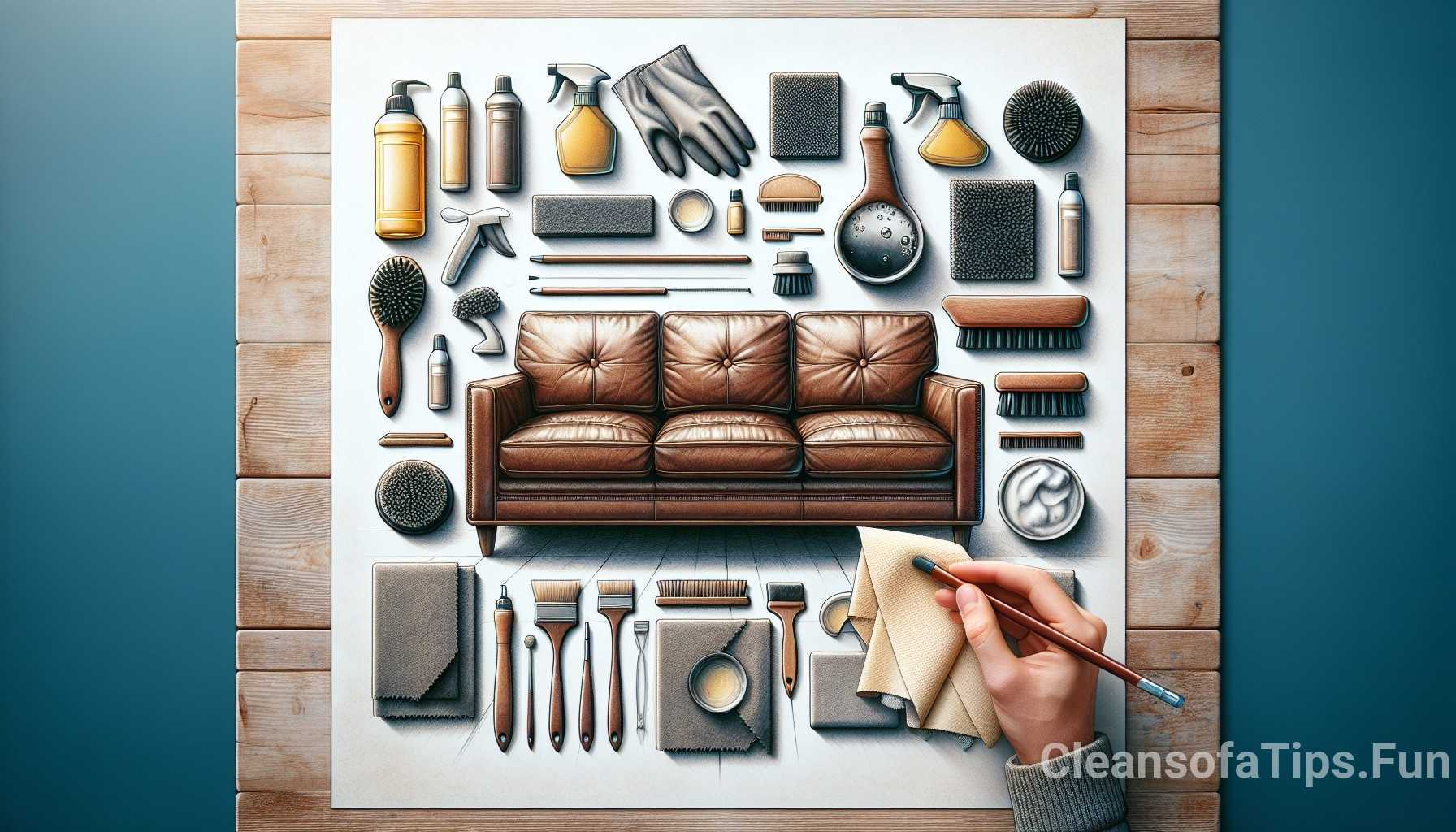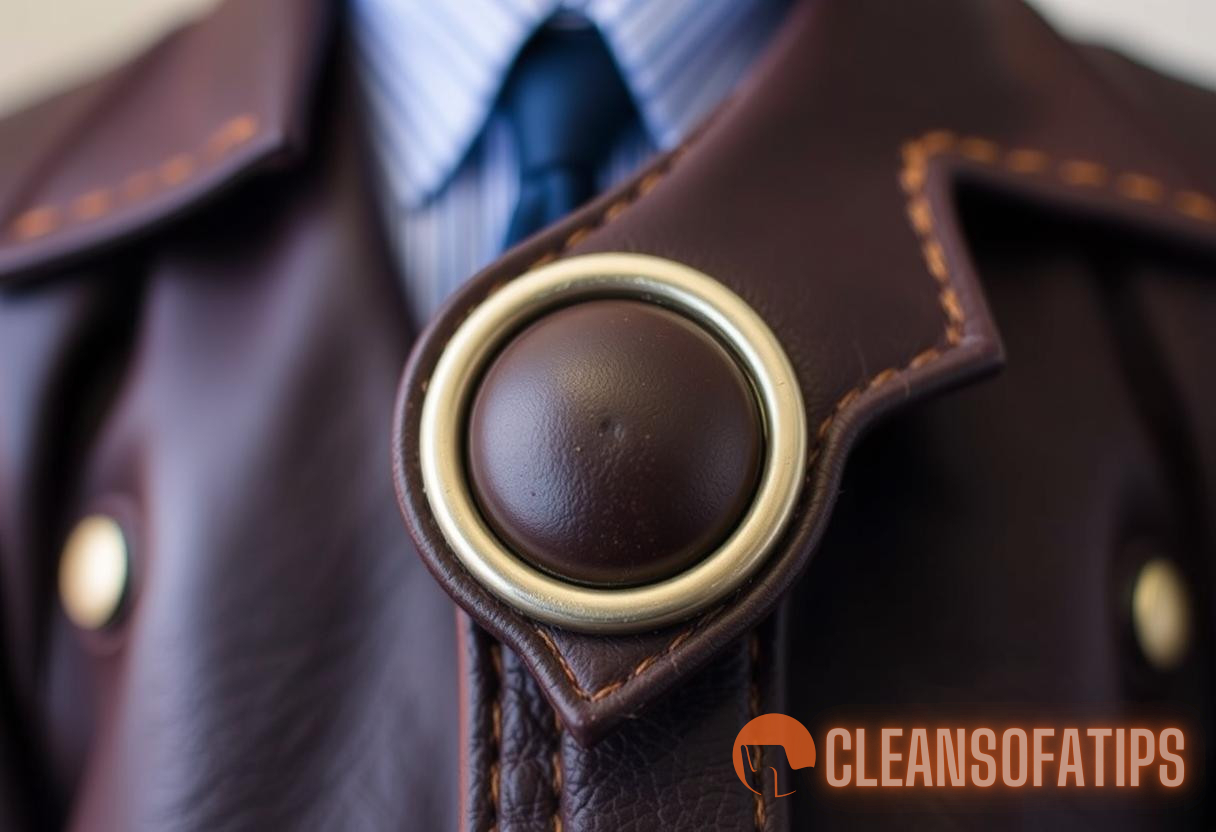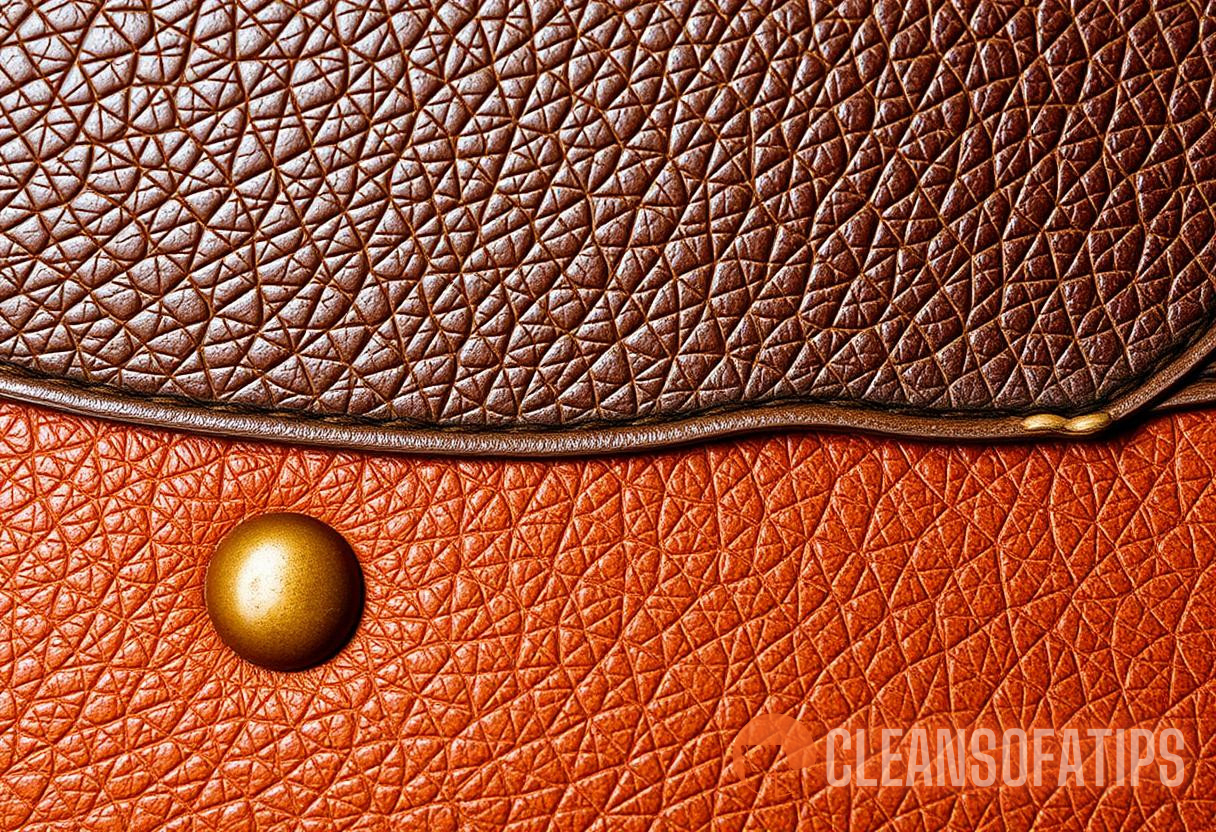Introduction
A leather sofa is a beautiful and luxurious addition to any home. It exudes elegance and sophistication, but to maintain its beauty and prolong its lifespan, proper care is essential. Leather care involves regular cleaning and conditioning to remove dirt, prevent stains, and preserve the natural oils that keep the leather soft and supple. In this ultimate guide, we will delve into the world of leather care, providing you with all the information you need to keep your leather sofa in pristine condition for years to come.
Cleaning Your Leather Sofa
1. Vacuum Regularly
Regular vacuuming is the first step in maintaining the cleanliness of your leather sofa. Use a soft brush attachment and gently vacuum the surface to remove dust, dirt, and any loose particles. Be sure to pay attention to the cracks and crevices where dirt can accumulate.
2. Remove Stains Promptly
Accidents happen, and when a spill or stain occurs, it is crucial to act quickly to prevent it from setting into the leather. Use a clean, damp cloth to blot the stain, avoiding excessive rubbing. For stubborn stains, consider using a specialized leather cleaner recommended by the manufacturer.
3. Use Mild Soap and Water
For general cleaning, a mixture of mild soap and water is effective in removing dirt and grime from your leather sofa. Dilute a small amount of soap in water and dip a soft cloth into the solution. Wring out the excess liquid and gently wipe the surface of the leather, working in circular motions. Avoid using excessive water, as leather is susceptible to water damage.
4. Test Before Applying Any Cleaning Product
Before using any cleaning product on your leather sofa, it is crucial to perform a patch test in an inconspicuous area. Apply a small amount of the product and wait for at least 24 hours to ensure that it does not discolor or damage the leather.
5. Avoid Harsh Chemicals
Harsh chemicals, such as bleach, ammonia, or other household cleaners, should never be used on leather. These can strip away the natural oils in the leather, causing it to dry and crack.
6. Remove Grease and Oil Stains
To remove grease or oil stains from your leather sofa, sprinkle a small amount of talcum powder or cornstarch on the affected area. Leave it overnight, and then gently brush it off using a soft cloth. Repeat the process if necessary.
7. Address Ink Stains Immediately
Ink stains can be especially tricky to remove from leather. If you spot an ink stain on your sofa, dab a small amount of isopropyl alcohol on a clean cloth and gently rub the stain, avoiding excessive pressure. Do not pour the alcohol directly onto the leather, as it can spread and further damage the surface.
8. Protect Your Leather Sofa from Pets
Pets, although adorable, can unintentionally cause damage to your leather sofa. To prevent scratches or claw marks, consider using a leather-safe pet cover or train your pets to stay off the sofa.
Conditioning Your Leather Sofa
Leather is a natural material that requires conditioning to retain its softness and prevent it from drying out and cracking. Conditioning helps to replenish the natural oils that keep the leather supple and moisturized. Here’s how to properly condition your leather sofa:
1. Choose the Right Leather Conditioner
There are various leather conditioner options available on the market, so it is essential to choose one that is suitable for your sofa’s specific type of leather. Read the manufacturer’s instructions or consult a leather care professional to ensure you select the appropriate conditioner.
2. Test the Conditioner
Before applying the conditioner to your entire sofa, perform a patch test in a hidden area to ensure that it does not affect the color or texture of the leather.
3. Clean Before Conditioning
It is crucial to clean your leather sofa before applying conditioner. Use a mild soap and water solution to remove dirt and grime, then allow it to dry completely before applying the conditioner.
4. Apply the Conditioner
Using a soft, lint-free cloth or sponge, apply a small amount of conditioner to the leather sofa. Work the conditioner into the surface of the leather using circular motions, ensuring even coverage. Pay extra attention to areas that are prone to dryness, such as the armrests and seat cushions.
5. Allow the Conditioner to Absorb
After applying the conditioner, allow it to absorb into the leather for the recommended amount of time specified by the manufacturer. This ensures that the leather absorbs the moisture and nourishing properties of the conditioner.

6. Buff the Leather
Once the conditioner has absorbed, use a clean, dry cloth to gently buff the surface of the leather. This helps to remove any excess product and leaves the leather with a beautiful shine.
Preventing Damage to Your Leather Sofa
1. Keep Your Sofa Away from Direct Sunlight
Direct sunlight can fade and bleach leather over time, causing it to lose its initial beauty and luster. To prevent this, place your leather sofa away from windows or use curtains and blinds to block the sun’s rays.
2. Avoid Placing Your Sofa near Heat Sources
Leather is sensitive to heat and can dry out and crack when exposed to excessive heat. Keep your sofa away from radiators, fireplaces, and heaters to prevent damage.
3. Maintain a Consistent Room Temperature
Extreme temperature changes can also adversely affect the condition of your leather sofa. Maintain a consistent room temperature to prevent the leather from expanding, shrinking, or cracking.
4. Use Leather Protectors
Leather protectors can be applied to create a barrier between the leather and potential stains or spills. These products help to repel liquids and prevent them from seeping into the leather. Follow the manufacturer’s instructions for application.
5. Rotate Seat Cushions
To maintain an even distribution of wear and tear, rotate the seat cushions of your leather sofa periodically. This prevents one area from bearing the brunt of daily use, ensuring that your sofa ages evenly.
The Dos and Don’ts of Leather Care
Do:
- Regularly clean and condition your leather sofa
- Blot spills and stains immediately
- Use mild soap and water for general cleaning
- Choose a leather conditioner suitable for your sofa’s type of leather
- Keep your sofa away from direct sunlight and heat sources
- Rotate seat cushions to prevent uneven wear and tear
Don’t:
- Use harsh chemicals or household cleaners on leather
- Allow spills or stains to set into the leather
- Expose your sofa to direct sunlight or heat sources
- Place sharp objects on the sofa that can cause scratches
- Use excessive water when cleaning
Maintaining Leather Furniture – Beyond Cleaning
1. Keep Sharp Objects Away
To prevent accidental scratches and tears, keep sharp objects such as keys, scissors, and knives away from your leather sofa. Consider using a small tray or decorative bowl to keep small items organized and contained.
2. Dust Regularly
Besides vacuuming, regular dusting helps to remove surface dirt and prevent it from settling into the leather. Use a soft, lint-free cloth or a feather duster to gently dust the sofa.
3. Reverse Cushions Regularly
In addition to rotating the seat cushions, consider reversing them periodically. This helps to distribute the weight and pressure evenly, reducing the likelihood of sagging and maintaining the sofa’s overall shape.
4. Consider Professional Cleaning
If your leather sofa is heavily soiled or stained, professional cleaning may be necessary. Leather care professionals have specialized products and techniques to deep clean and restore the beauty of your sofa. Research local professionals with expertise in leather cleaning and inquire about their methods before booking a service.
Conclusion
Caring for your leather sofa is crucial to maintain its beauty, durability, and longevity. Regular cleaning, prompt stain removal, and proper conditioning are essential steps in leather care. Additionally, taking preventive measures and practicing good habits can help prevent damage and maintain the overall appearance of your sofa. By following the tips and guidelines in this ultimate guide, you can ensure that your leather sofa remains a centerpiece of elegance and comfort in your home for years to come.
External Link: For more information on different types of leather and their care, visit [Wikipedia](https://en.wikipedia.org/wiki/Leather).



